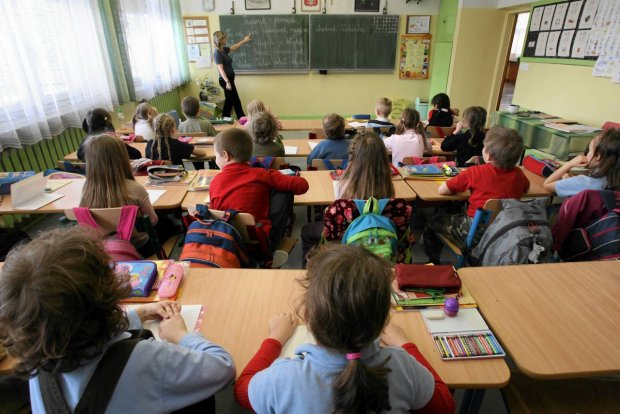
Does Class Size Matter in Relation to Academic Achievement?
School funding is a common problem that most districts face. There is never enough money to go around regardless if it is an elementary school or high school. One strategy to get schools back in the black is to eliminate teachers. While this does save money, it can also bring up class sizes to a pretty large number.
As class sizes go up, we often hear from those in charge that adding five or six students to a class does not affect overall academic achievement. However, if you have been an educator in a classroom or even a special guest speaker, you know there is a huge difference between teaching a class of 20 or a class of 30. Of course, there are the usual behavioral issues, but there is research that shows improved academic achievement goes hand in hand with manageable class sizes.
Tennessee: Project STAR for Elementary Students
In the late 1980s, Project STAR was created in the state of Tennessee. It lasted for four years and was an interesting study that took about 12,000 kindergartens to third-grade students and placed them in one of three types of classrooms. They were either placed in classes that contained 13 to 17 students, 22 to 25 students, or over 25 students.
The students in the classes that had 13 to 17 students scored eight percent higher in reading and nine percent higher in math than the medium-sized group alone. As the students became older, the benefits did not stop there. The kids that were in the smaller class went on to college at a much higher rate than the other two groups. This included all the minority students as well.
High School Academic Achievement
It was determined by the US Department of Education that small class sizes were responsible for a higher level of student academic achievement more than anything else. Furthermore, it beat out school size and even teacher credentials. About 2,500 students coming from all 50 states had their scores examined and class sizes were the best predictor for academic success. In fact, the differences were noted even more so at the high school level.
Experience as a Student and Teacher
Up until junior high, I attended a school where there were only about seven or eight students in my class every year. I earned high grades consistently as the class always benefitted from a teacher providing us personal instruction. My grades during these years were higher than the rest of my grades for my academic career.
During my teaching career, most of my classes usually end up right around 22 to 25 students. However, for a few years, I put my credentials as a Reading Specialist to use and worked with only small groups. Some of these groups got to as high as eight students. With such low numbers, my students were able to make large leaps in their academic achievement.
Next Time
The next time administration and the school board starts to discuss increasing class sizes, bombard them with research that demonstrates in doing so, they are putting the students’ academic achievement at risk.
If you would like to learn more about best teaching practices, iAchieve offers professional development workshops that should help you turn your classroom into the most productive at your school.
Related Blog Posts
If Your Classroom Management Skills Are Weak, Can You Still Be Considered an Outstanding Teacher?
6 Smart Ways to Bring Spontaneity into Your Classroom
Tips on How to Improve Student Engagement in the Classroom



